The Most Deadly Atlantic Hurricanes Of The Last 50 Years vs. Irma
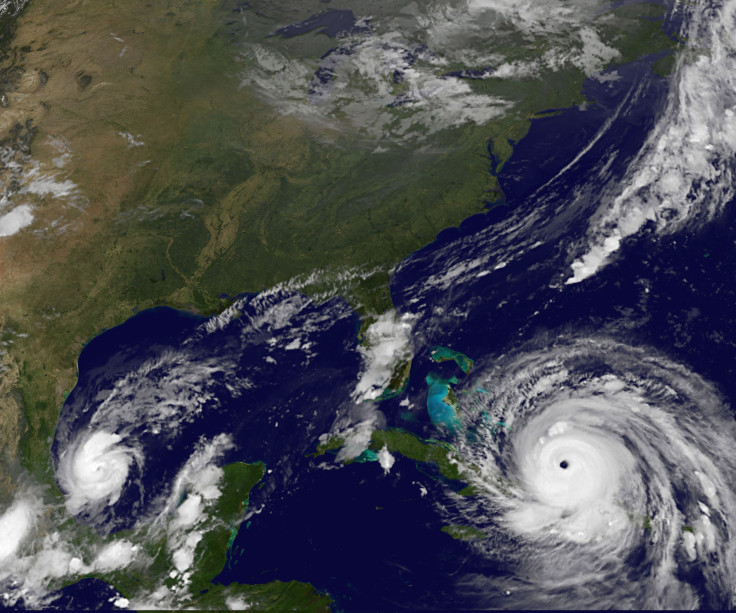
In an unprecedented turn of weather events, there are three major hurricanes sitting in the Atlantic Ocean and Gulf of Mexico currently, known as Hurricanes Irma, Katia and Jose. The three sprung up just after Hurricane Harvey brought destruction to Texas.
Before even making landfall, Irma was making history. The storm brought destruction to the islands and broke the record for highest sustained winds for the longest period of time with winds more than 185 miles per hour for more than 24 hours. Irma actually kept up these speeds for 37 hours. Only one other storm in recorded history has had faster winds.
The damage Irma will have inflicted once everything is said and done is unknown currently and difficult to estimate beyond the fact that it will most likely be severe. Multiple evacuation recommendations have been made for Florida and forecasters are keeping a close eye on the storm to see where it will head after the sunshine state.
In the last 50 years there have been more than 15 deadly hurricanes, many of which were at some point as strong as Irma, but none of which sustained winds the way Irma did for so long. Many of the most deadly hurricanes in the United States over the last 50 years have happened since 2005, according to storm data from the National Hurricane Center.
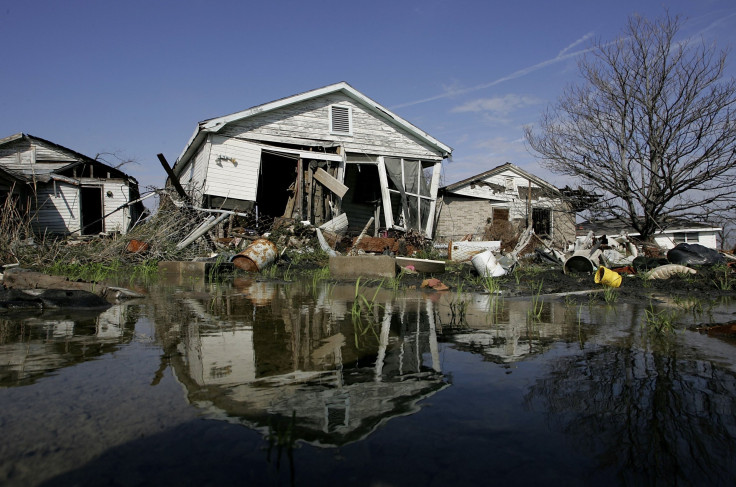
Hurricane Katrina is the most deadly hurricane to hit the United States since the 1928 Palm Beach-Lake Okeechobee hurricane. The NHC puts the death toll for the 2005 hurricane that decimated New Orleans 1,200. When Katrina made landfall is was a Category 3 storm with winds of about 125 miles per hour. Katrina is widely recognized as the most costly hurricane on record for the U.S. with damages estimated around $75 billion, according to the NHC.
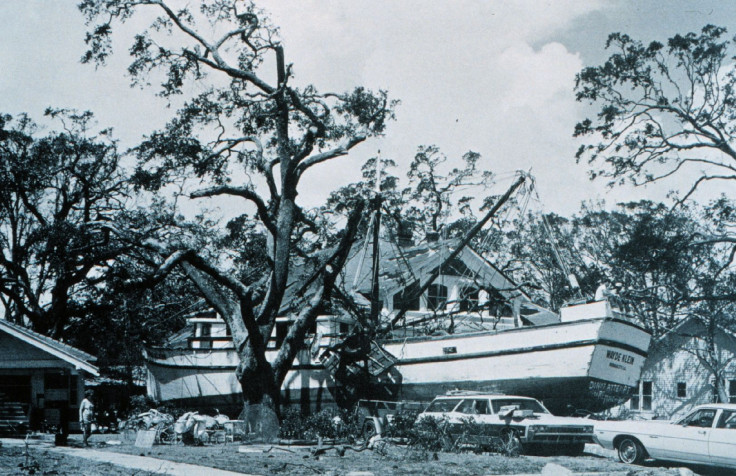
The second most deadly hurricane in the U.S. from the last 50 years is Hurricane Camille which hit in 1969. Camille caused an estimated 256 deaths along the Gulf and in subsequent flooding in Virginia from the rain the storm dropped in the area. The storm took an odd path after developing west of the Cayman islands it traveled north over Mississippi and then took a sharp turn East over Tennessee and Kentucky before crossing the rest of the county to the East coast and tracking out to sea. Camille was a Category 5 storm before making landfall, just like Irma.
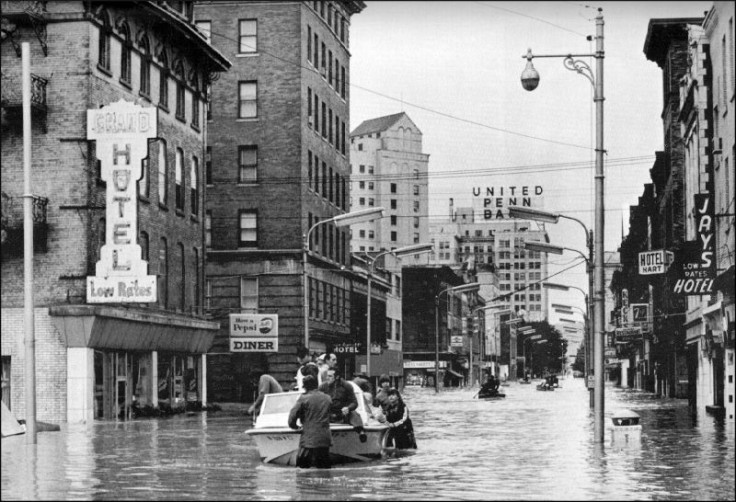
Following Camille was Hurricane Agnes which hit in 1972 caused 122 deaths, according to the NHC. Most of the deaths were associated with severe flooding from the storm, less than 10 were due to severe thunderstorms. Agnes was only a Category 1 hurricane but did far more damage than some storms of higher categories because of the flooding and massive rain totals.
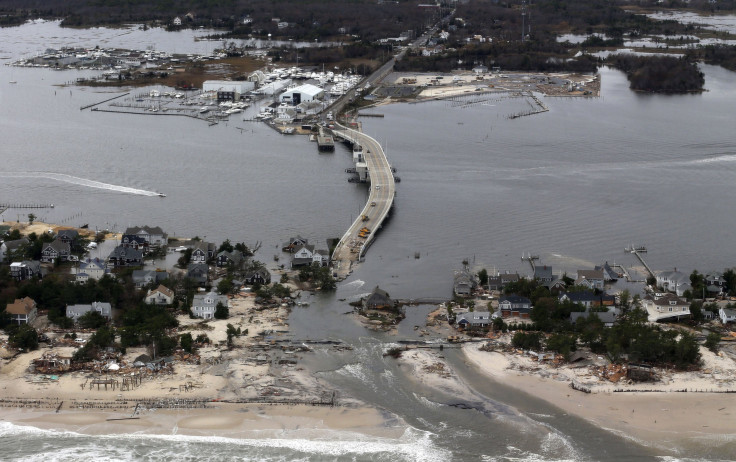
Hurricane Sandy, which destroyed much of the east coast in the mid-Atlantic region caused 72 recorded deaths in the U.S. The storm ripped up the coast and caused deadly storm surge that was responsible for more than half of the deaths the storm caused in the U.S. Sandy was the most deadly storm to occur outside of the southern states since Agnes in 1972, according to NHC.

Flooding caused by Hurricane Harvey a week ago are still sitting in Texas where the up to 70 people were dead or missing as of Friday. The storm dropped unprecedented amounts of rain on Texas causing extreme flooding that put most of Houston and other cities underwater for days. The state hasn’t even dried out yet and three more storms are brewing in the area. Harvey’s winds weren’t the main concern, it was the sheer amount of water the storm was able to drop on the state over several days that caused historic flooding resulting in deaths.
It’s difficult to know at this point what the results of Hurricane Irma will be in the United States or which track exactly the storm will take. Forecasts as of Friday evening were showing that the storm had lost some of its power and maximum wind surface speeds were down to 155 mph after the storm passed over some islands in the Caribbean as it tracked toward Florida. However, as a Category 4 storm it was on track to make landfall on Florida by 8 a.m. EDT Sunday.
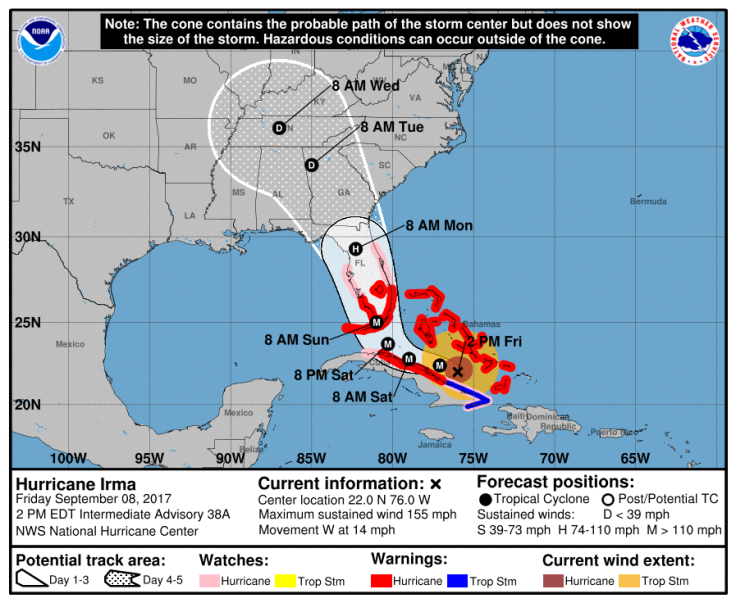
Florida Gov. Rock Scott had issued some mandatory evacuations and was asking residents with the means to evacuate to leave before the storm hit. His office was even offering to give military and police escorts to gas tankers and delivery trucks willing to keep the state stocked on gas to aid in the evacuation effort.
© Copyright IBTimes 2025. All rights reserved.





















